Stanford Scientists Isolate crAssphage for First Time—Revealing Its Dual Life as Virus and Plasmid
Stanford Breakthrough: Scientists Isolate crAssphage and Uncover Its Secret Dual Life
For over a decade, one of the most common viruses in the human gut remained a mystery. Known as prototypical crAssphage (p-crAssphage), it’s found in people across every continent—yet no one could grow it in the lab or even confirm which bacteria it infects.
That changed in 2025, when a team at Stanford Medicine—led by Dr. Ami Bhatt, Dr. Gavin Sherlock, and graduate student Danica Schmidtke—achieved the first successful isolation of p-crAssphage. Their findings, published in Cell Host & Microbe, reveal something astonishing: this virus doesn’t just act like a typical bacteriophage. It also lives like a plasmid—a small, circular piece of DNA that quietly resides inside bacteria.
This “dual lifestyle” may explain why crAssphage is so widespread—and could transform how we understand the hidden world of viruses in our gut.
What Is crAssphage—and Why Does It Matter?
Bacteriophages (or “phages”) are viruses that infect bacteria—not human cells. They’re the most abundant biological entities on Earth, and trillions live inside your gut right now.
Among them, p-crAssphage stands out:
- It’s present in up to 70% of people worldwide
- It was first identified in 2014 through DNA sequencing of stool samples
- Despite its abundance, scientists couldn’t study it—because no one could grow or isolate it in the lab
Until now.
Why Was crAssphage So Hard to Study?
Most phages are easy to spot in the lab: they infect bacteria, burst the cells open, and leave clear “holes” (called plaques) on a petri dish. Researchers use these plaques to isolate and study viruses.
But p-crAssphage doesn’t play by those rules.
- It rarely kills its bacterial host
- It produces very few viral particles
- Most of its DNA stays quietly inside the bacteria
Because it doesn’t create visible plaques, traditional methods completely missed it. That’s why, for years, it remained a “ghost” in microbiome data—detected by DNA but never seen in action.
The Big Discovery: A Virus That Lives Like a Plasmid
The Stanford team developed new techniques to isolate p-crAssphage directly from human stool samples. What they found was revolutionary:
p-crAssphage can switch between two modes of existence:
- As a virus: It occasionally makes new viral particles and spreads to other bacteria.
- As a plasmid: It lives peacefully inside bacterial cells, copying itself alongside the host’s DNA—without causing harm.
This dual identity—part virus, part plasmid—makes it a phage-plasmid hybrid, a rare and clever survival strategy.
“It’s like Dr. Jekyll and Mr. Hyde—but for viruses,” says Danica Schmidtke, the study’s lead graduate researcher.
By avoiding destruction of its host, p-crAssphage ensures its own long-term survival. And because it doesn’t trigger bacterial defenses, it can persist silently in the gut for years.
Why This Changes How We See the Gut Microbiome
For decades, scientists assumed phages mainly shaped the microbiome by killing bacteria. But p-crAssphage shows they can also influence gut health without killing anything.
How? By:
- Altering bacterial genes from within
- Potentially helping bacteria survive stress
- Changing how bacteria interact with each other—and with us
For example, if p-crAssphage helps beneficial bacteria thrive, it could indirectly support digestion, immunity, or even mental health. Conversely, if it aids harmful strains, it might contribute to disease.
Understanding this balance is key to future therapies—like using phages to treat infections or rebalance the microbiome.
What’s Next?
The Stanford team plans to:
- Identify the exact bacterial host of p-crAssphage (likely a Bacteroides species)
- Study how the phage affects bacterial behavior and metabolism
- Explore whether p-crAssphage influences human health directly
Long-term, this work could help define what a “healthy” gut virome looks like—opening doors to diagnostics, probiotics, and even phage-based medicines.
Final Thoughts: A Tiny Virus With Huge Implications
The isolation of p-crAssphage isn’t just a lab triumph—it’s a window into a hidden layer of human biology. Viruses like this may be silent partners in our health, shaping our microbiome in ways we’re only beginning to understand.
As Dr. Ami Bhatt puts it:
“We’ve been looking at the gut through a keyhole. Now, we’re turning on the lights.”

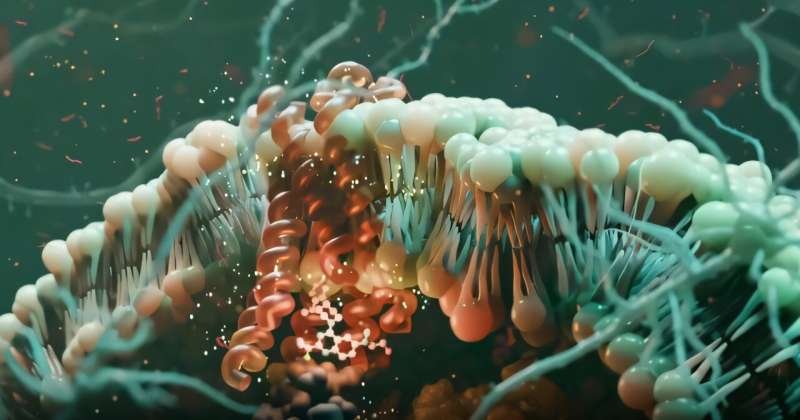
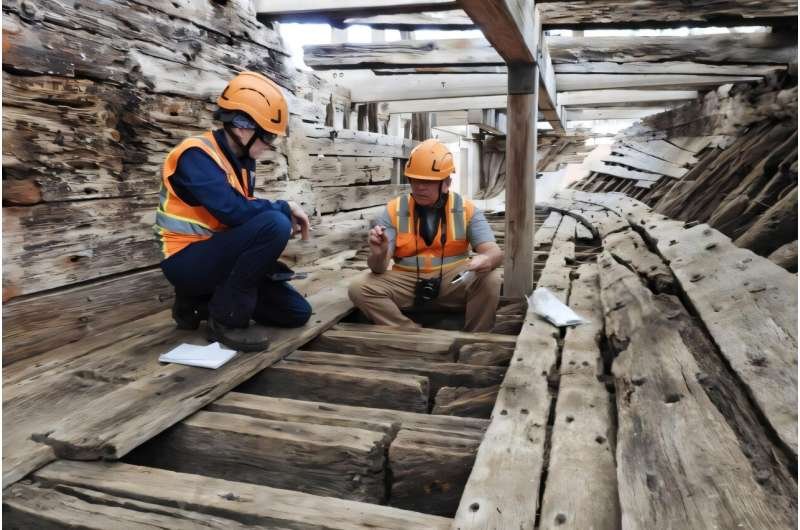
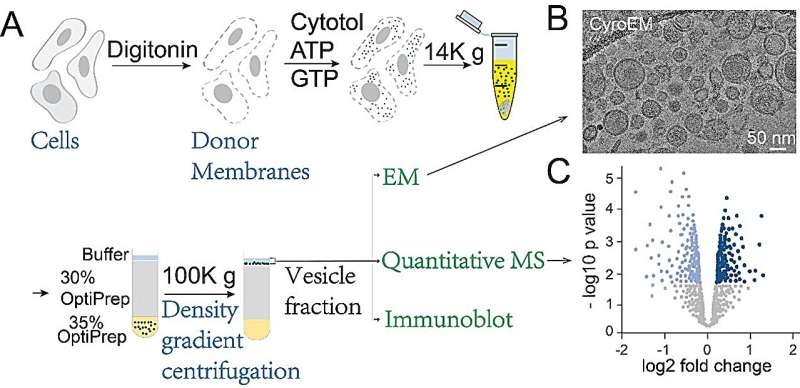
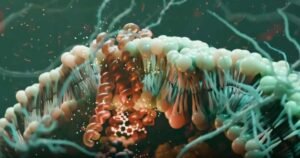
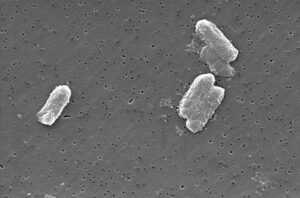
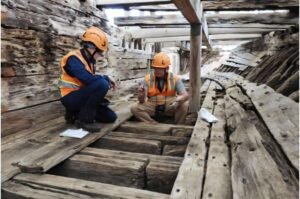
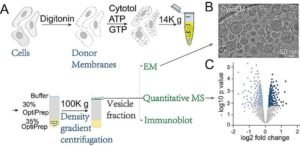
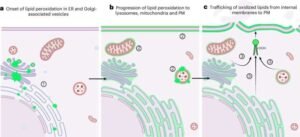





Post Comment